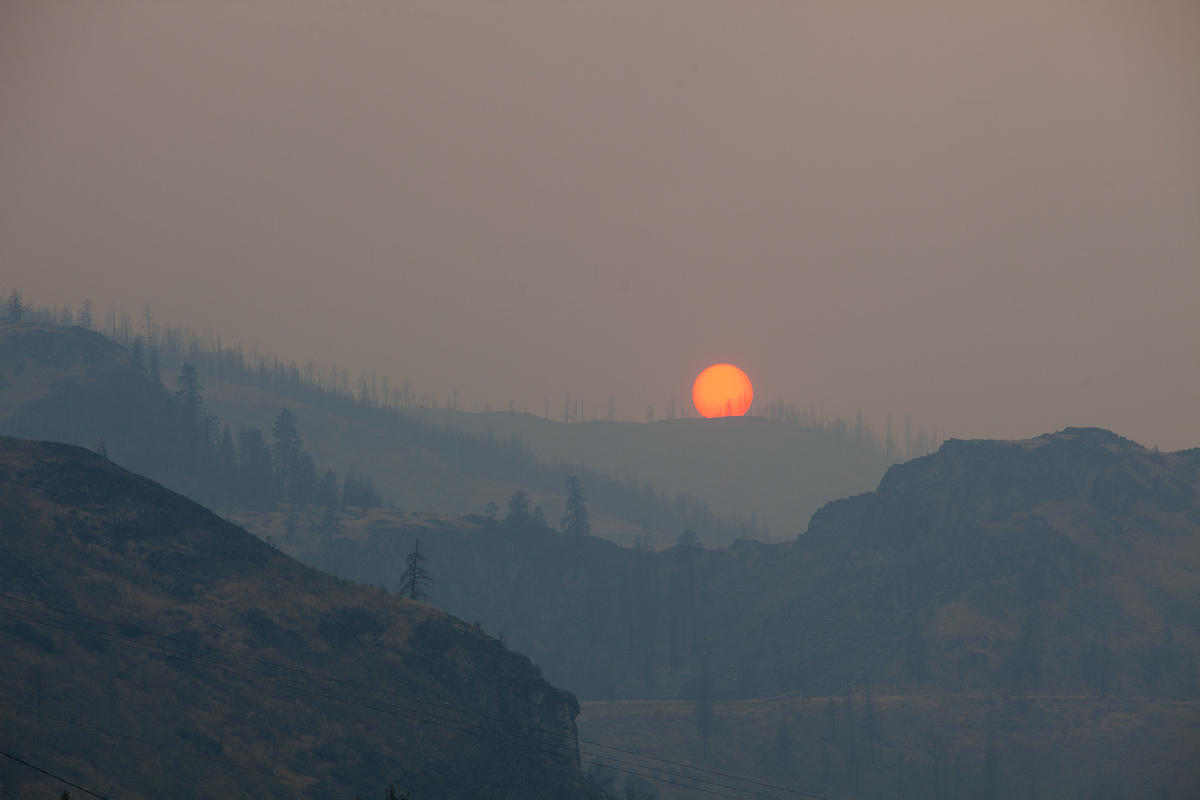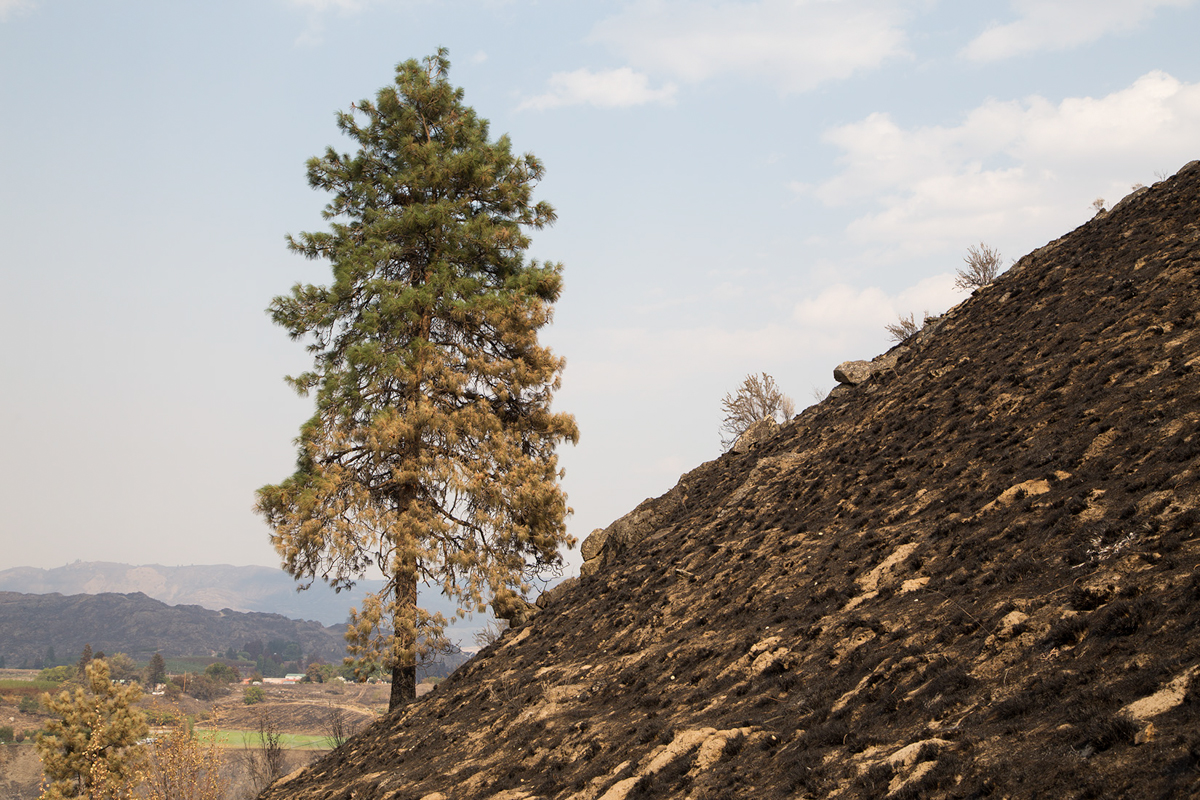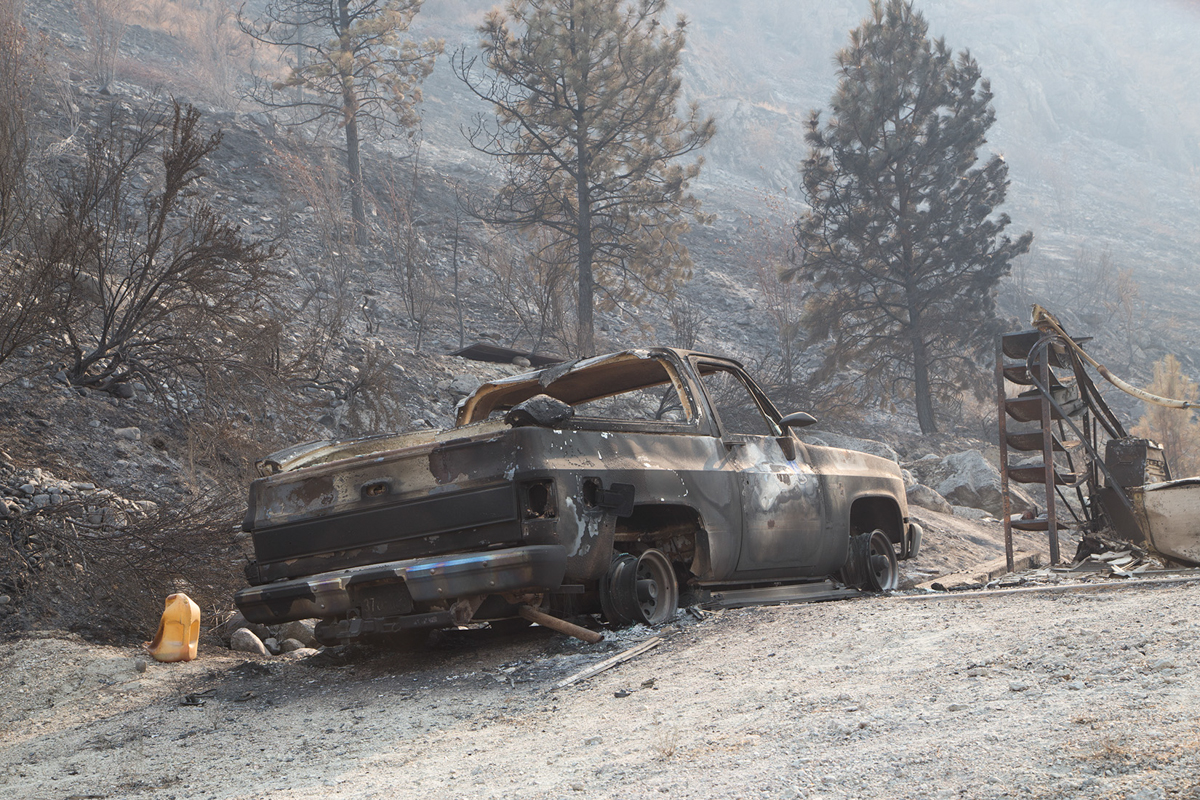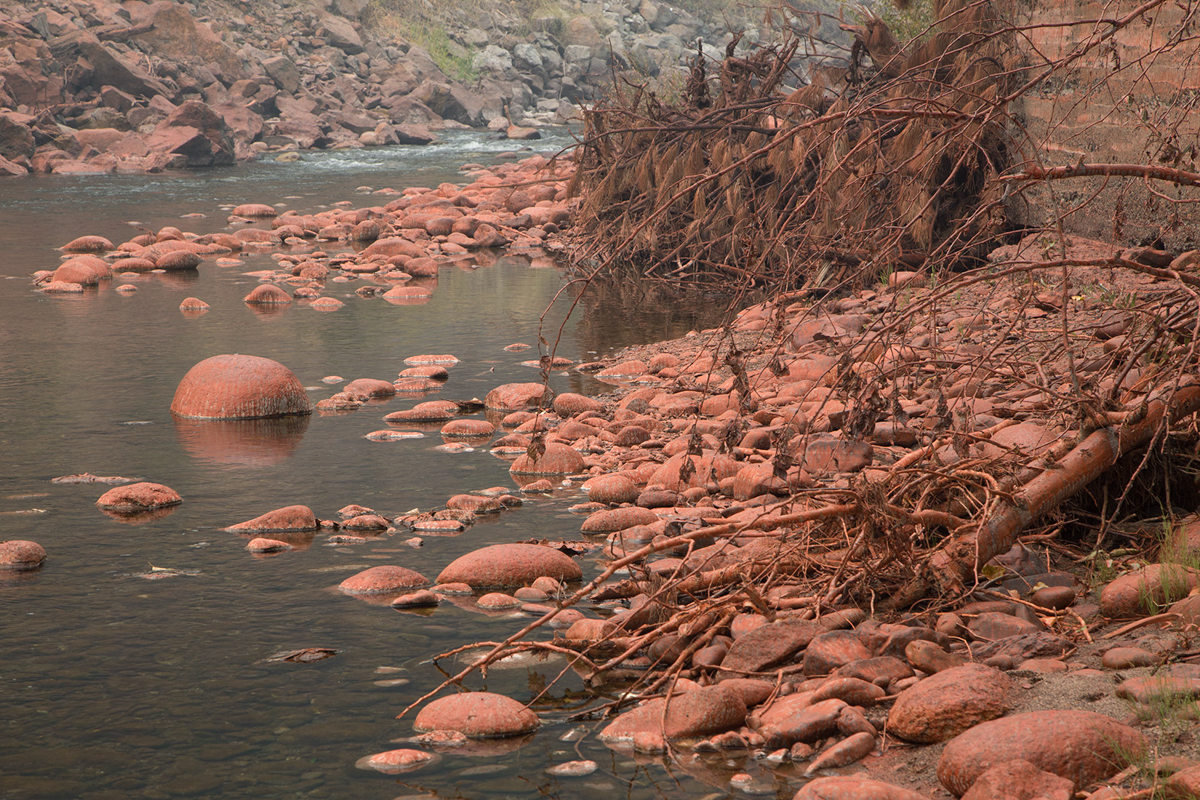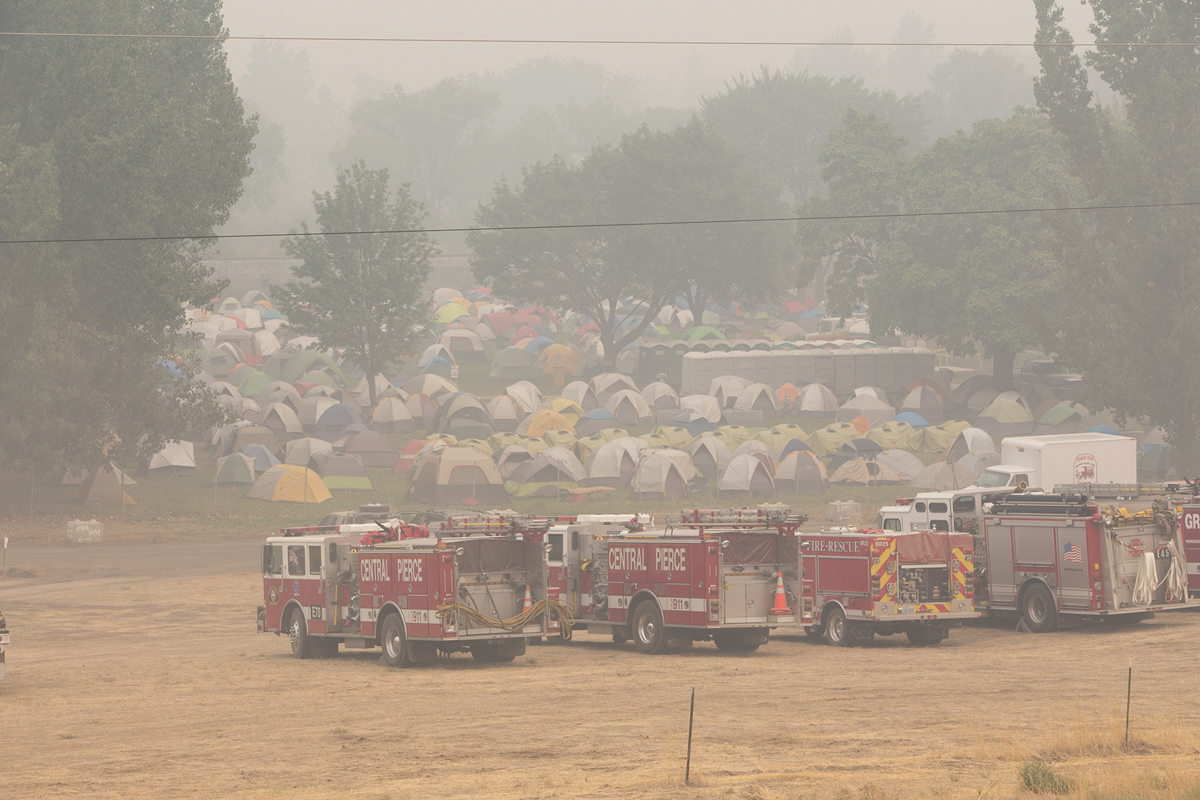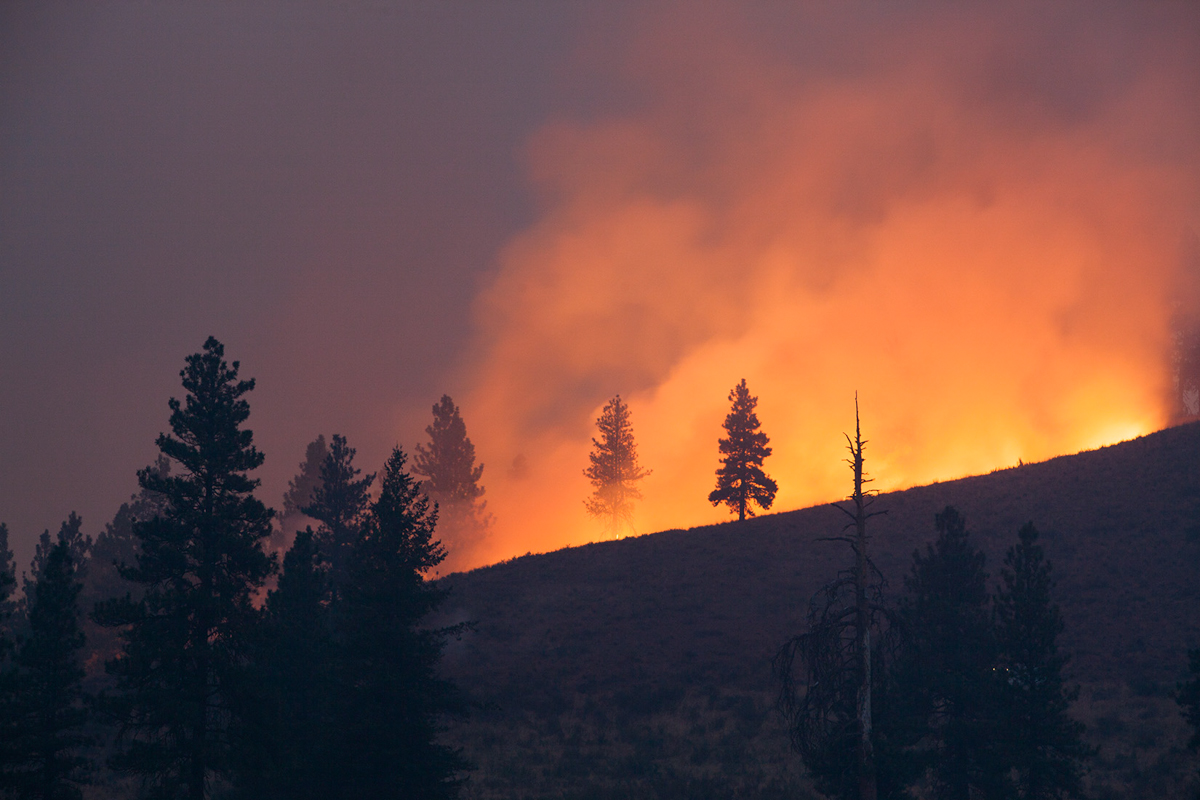Two Strategies for Consideration at Senate Committee Hearing in Seattle
Written by Carrie Krueger, Director of Marketing
Photographed by John Marshall
As the Senate Energy and Natural Resources Committee meets in Seattle to examine this summer’s disastrous fires, The Nature Conservancy encourages the Committee to focus on two solutions the organization believes can provide relief from the worst of today’s megafires:
1. Support and fund the National Cohesive Wildland Fire Management Strategy: The Cohesive Strategy is the result of a five-year collaborative planning effort that aligns governments at all levels to help develop fire-adapted communities, resilient landscapes, and to improve wildfire operations. It provides an approved mechanism to get all layers of government working together, including cities, counties, states, Tribes and Federal Departments of Agriculture, Interior, Defense, and Homeland Security. The Cohesive Strategy works to:
- Manage vegetation and fuels through thinning and controlled burns;
- Protect homes, communities, and other assets;
- Manage human-caused ignitions
- Effectively and efficiently respond to fire.
2. Fix the way emergency firefighting is funded by passing a fire-funding solution such as the Wildfire Disaster Funding Act (WDFA): As the Forest Service and the Department of the Interior suppress the emergency fires, they have to dip into funds set aside for other projects—including some of those that can help reduce the risk of fires in the first place. This is different from how other natural disasters are paid for, such as hurricanes, tornadoes or floods. The Nature Conservancy encourages Congress to continue its work to find a bipartisan solution to fix the fire-funding problem, like the Wildfire Disaster Funding Act (WDFA) that creates a disaster funding process for emergency wildfires. WDFA has the support of hundreds of conservation, forestry, outdoor industry, sportsmen’s organizations and more.
“Today the Forest Service has already spent close to all of its firefighting budget for the year, so we know they will need to transfer money away from other programs soon—affecting programs that conserve the water, wildlife and wood resources our forests provide,” said Cecilia Clavet, Senior Policy Advisor at The Nature Conservancy. “We need a solution now to stop crippling the federal agencies managing our natural assets with disruptive funding shortfalls.”
“Climate change, drought, and insects and disease, and more people living closer to forests have created an urgent need for restoration,” said Mike Stevens, Washington State Director for The Nature Conservancy. “Only a commitment to restoration and the funding necessary to make it happen at scale can break the cycle of catastrophic fires that are taking such a tremendous toll on our state.”
America’s forests are the source of half our nation’s water; support one million forest product jobs; grow the largest and oldest trees in the world; are home to thousands of American wildlife species; and generate more than $14 billion of recreation and other economic activity on Forest Service lands alone.
Today these essential benefits are in jeopardy, due to the unhealthy state of our forests and the dangerous megafires that result from these conditions. For example:
- The U.S. Forest Service estimates more than 100,000 square miles of the forests they manage—an area bigger than Oregon—is now at risk for megafire.
- 55 years of records from the National Interagency Fire Center reveal that nine out of our 10 largest fire seasons have occurred after 2000, with three of our largest fire seasons coming since 2006.
- Since 2007, six states have experienced record-sized fires—Arizona, California, Georgia, Texas, New Mexico and Washington. New Mexico and Washington each broke their own records twice in this time period.
- Insurance experts estimate there are nearly 900,000 residential properties (worth a total of $237 billion) at “high” to “very high” risk of wildfire in 2015.


